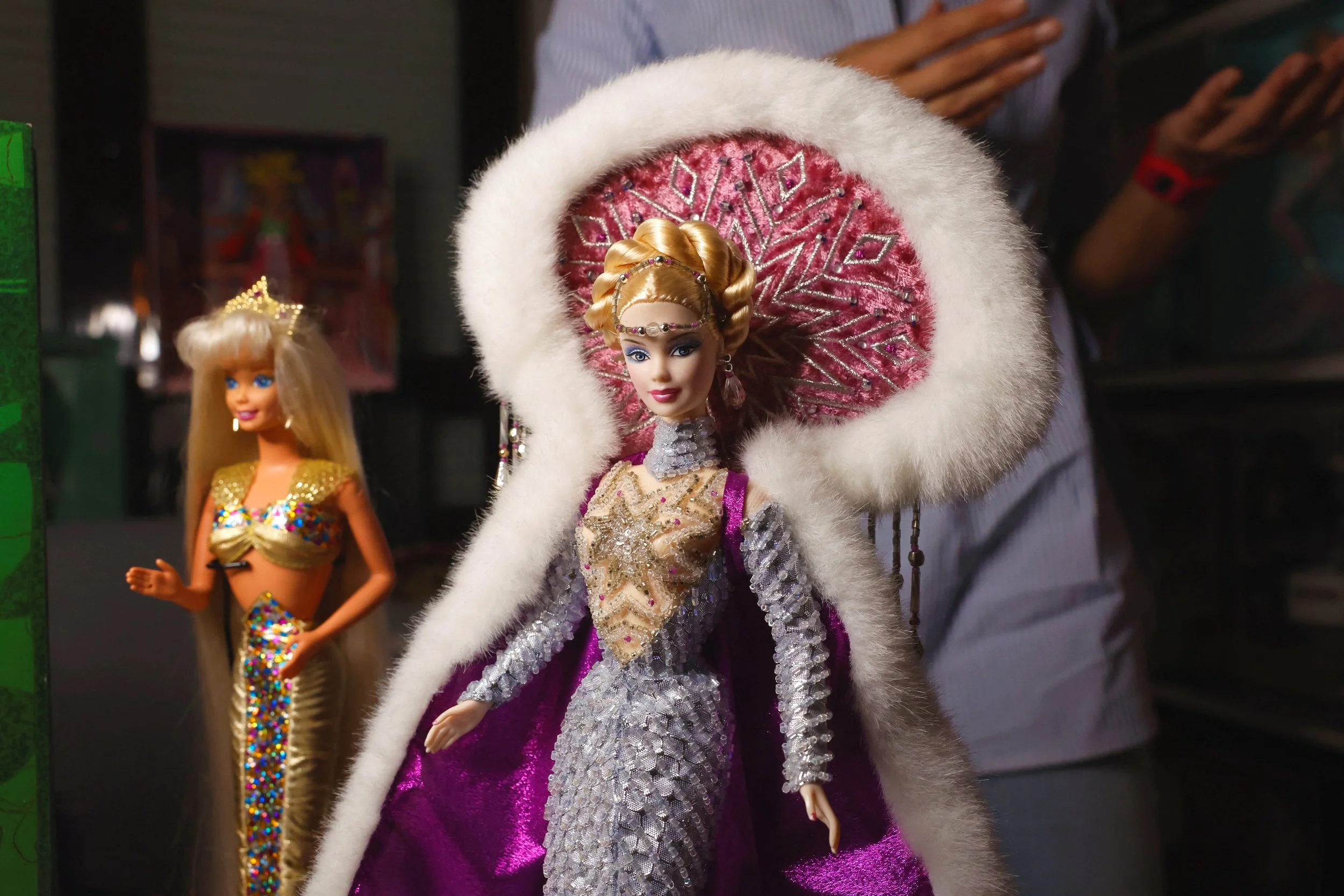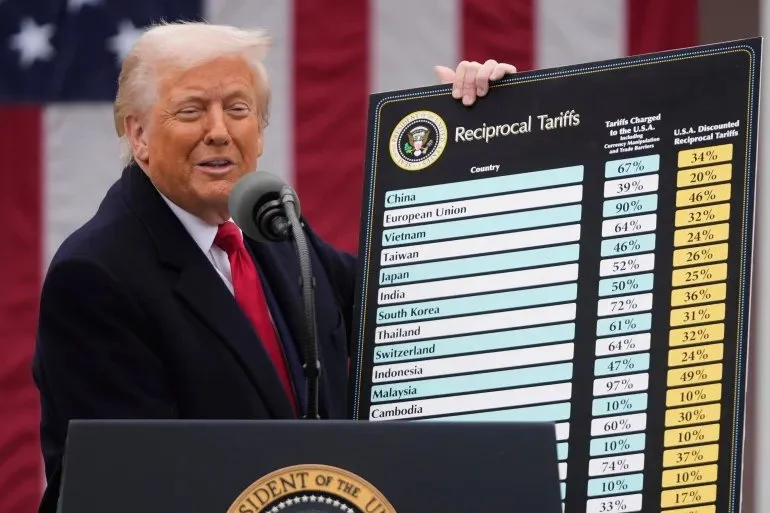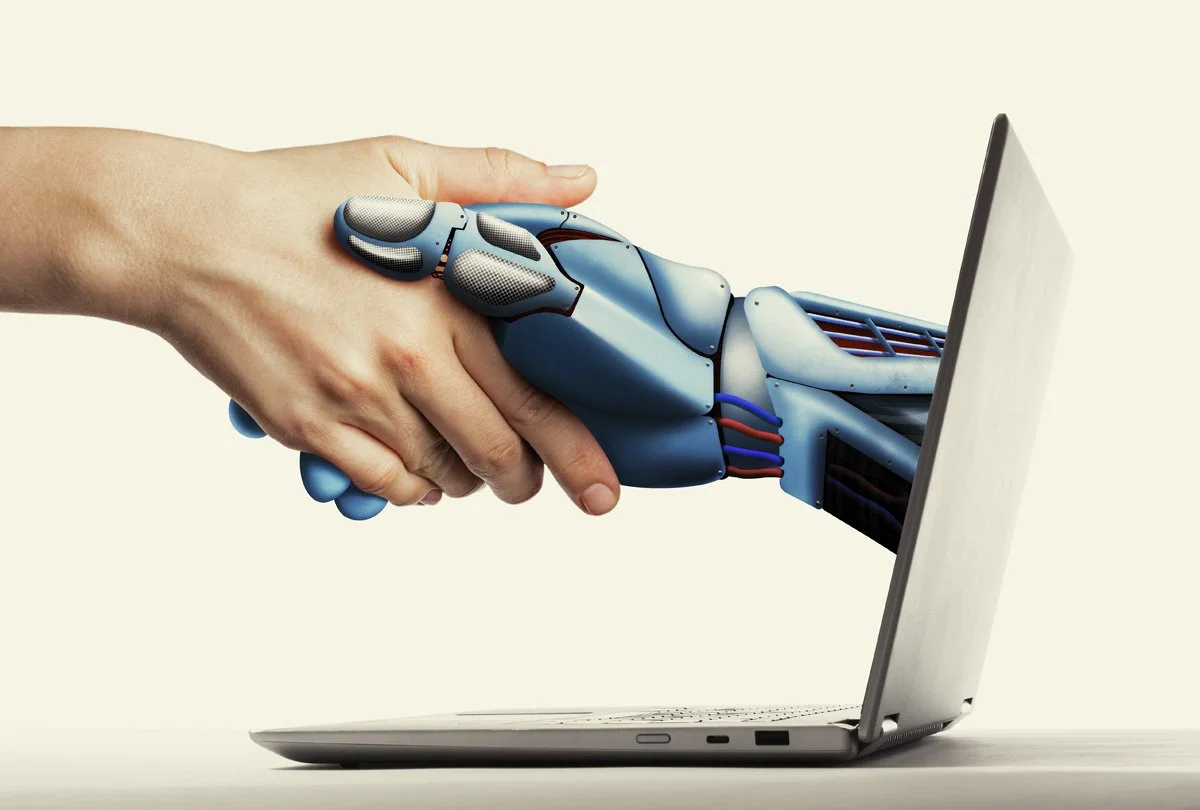Honesty in Chaos: How Brands Should Respond to Tariffs and Consumer Anxiety
Right now, consumers across America are (with good reason) feeling shaky. Tariffs are back on the table, scheduled to go into effect this August, and the economy feels about as stable as a late-stage Jenga game during an earthquake.
People are tightening their belts, skipping vacations, cooking at home more often, and avoiding big purchases like cars and appliances.
The tariffs haven’t even fully landed yet, but the threat alone is enough to make everyone cautious. Because, as you’ve probably heard, this year and these tariffs mean the kiddos get only two dolls, not 30. That, among other concerns.
Branding and Marketing with Impending Tariffs
Here’s the thing: marketers and brands have to understand this anxiety deeply. You can't simply slap a discount sticker on your product and hope people forget they're worried about their jobs or savings. That’s not how real life works. Brands that want to stay relevant in 2025—and beyond—will need a thoughtful approach that respects the reality consumers are facing.
Why Consumers Feel Anxious Right Now (Hint: It’s Tariffs)
It’s not just the tariffs themselves, though those can certainly hurt. It’s the uncertainty around them. Prices might spike overnight or store shelves could empty out quickly, both nightmare scenarios for most American families. Think back to those unsettling early pandemic days, with toilet paper aisles stripped bare, grocery stores looking more like abandoned movie sets. No one wants to relive that anxiety.
And, sadly, it’s not paranoia. Consumers have good reason to feel unsettled. Job security feels low, especially for younger workers who’ve seen little economic stability in their lifetimes. Right now, according to the American Psychological Association’s 2025 Work in America survey, 54% of workers in America say their workplace stability is significantly stressing them out. Meanwhile, the middle class, also quietly stressed beneath appearances, struggles with higher interest rates and student debt. Even wealthier households, currently feeling (relatively) more stable, could quickly change their spending habits if tariffs make basic goods scarce or unreasonably expensive.
How Brands Get Tariff Empathy Wrong
Faced with economic stress, brands often panic. They either freeze up completely or revert to outdated playbooks from the Great Recession—dusty tactics that feel stiff and artificial today. They even add to the building dread already culminating across the country. Remember the wave of commercials back then, all promising vague assurances like, “We’re here for you in these difficult times”? They felt robotic and insincere. Not worth a repeat in these difficult times.
Brands are also quick to abandon core values when things get rough. A sudden pivot away from sustainability promises or labor fairness makes consumers instantly suspicious. People can tell when brands genuinely want to help and when they're just exploiting a crisis for profit.
How to Approach Tariff Anxiety
Turn Scarcity into Exclusivity (Carefully)
Brands don’t need to pretend shortages aren’t happening. They can frame them smartly instead. For example, offering limited pre-orders or exclusive early-access deals can create anticipation and excitement. The key is not to stoke fear but to offer a sense of privilege and control.
When consumers know they can reserve goods ahead of shortages, they feel empowered, not anxious. It’s a subtle shift from "you better buy now, or else," to "we've got your back, reserve yours early."
Connect With the Quietly Stressed Consumer
Most marketers miss the quietly anxious segment of consumers who appear okay but privately stress over budgets. Acknowledging this hidden stress through personalized discounts, subtle messaging like “We see you, and we’ve adjusted prices accordingly,” or loyalty programs that reward consistent customers helps these individuals feel genuinely understood.
Outdoor footwear company Keen publicly committed to not raising prices despite tariffs. Unsurprisingly, consumers appreciate the clear, straightforward commitments. It shows a brand cares about financial burdens, rather than just profits.
Showcase Real Solutions, Not Empty Promises
Brands need genuine empathy, not marketing-speak empathy. Think back to Hyundai’s Assurance Program from 2009: They let car buyers return their vehicle if they lost their jobs due to economic hardship, and Hyundai even resurrected the program for consumers struggling during COVID-19 days.
In a 2020 statement, José Muñoz, Hyundai’s chief operating officer, said, “We understand the extreme uncertainty created by the coronavirus and the anxiety experienced by our customers, and wanted to tap into Hyundai’s legacy of having people’s back. Bringing back the job loss protection program in this unprecedented time will allow our customers to have one less thing to worry about if something unexpected happens to their employment status.”
So, absolutely: directly address consumers’ real fears during tough financial times. Today, brands can use authentic stories from their communities. Employees can honestly share how the company manages tariff costs or stabilizes prices. Customers can discuss personal relief experienced from these policies. Real voices tend to resonate more than any glossy advertisement.
Position AI and Tech as a Reassuring Presence, Not a Threat
In the same vein, brands can embrace AI as a reassuring presence, despite the general malaise surrounding its recent launch into overarching power, and keep tech positioned as a positive. For instance, Walmart uses AI-driven inventory tracking to instantly update customers about product availability, helping reduce anxiety about shortages. Target and Home Depot have followed suit.
Similarly, Amazon faced political backlash from the Trump administration when it began transparently displaying tariff impacts on pricing during checkout—a move emphasizing transparency through technology.
Simple tools like automated price trackers or personalized recommendations help consumers navigate uncertainty smoothly, providing clarity and reliability during confusing times. It’s like telling your audience, “We know you’re going to hesitate to trust right now, and we will prove ourselves worth your trust.”
Go Beyond “Made in America” Messaging
Patriotic branding can backfire or feel hollow today. Consumers question if "Made in America" guarantees fairness or sustainability, or if it even means it’s actually made in this country. Some car companies are pivoting to “assembled in America,” presumably to avoid the now-common sideways glances at such claims. Instead, brands can emphasize transparency, fair labor practices, and ethically sourced goods, regardless of origin.
For example, companies like Patagonia have consistently prioritized sustainability over nationalism. Brands navigating tariff chaos should follow this example: clarity, honesty, and ethics resonate more deeply than waving the flag. Yes, it can still be extremely meaningful and beneficial on a multitude of levels to make, buy, and assemble on American soil for US brands, and the tariffs may make goods from overseas more expensive for both your business and consumers; however, you will inevitably lose more trust and business by using a patriotic claim to either dupe your audience or further increase what they have to spend .
Steps You Can Implement Now
Practical actions are critical right now. Here’s exactly what marketers should consider:
Transparent Communication: Clearly explain how tariffs affect products through FAQ pages, direct emails, and transparent pricing statements—like Amazon’s controversial, and awesome, tariff display—to show customers what to expect. It’s better to know that, yes, your toothpaste is suddenly $4.00 more, but it’s not Colgate or Amazon hiking up the price. If it’s a government thing, it’s a government thing, so go ahead and give credit where credit is due.
Cost Spreading: Instead of shocking customers with large price hikes on specific goods, spread tariff costs across multiple product lines, making individual price jumps smaller and less distressing. Especially while companies themselves are dealing with heightened financial turmoil and price increases cannot be avoided, it’s best to try basing the changes off the consumer’s needs, not just the corporation’s.
Risk-Reducing Policies: Implement programs similar to Hyundai’s Assurance across industries. Furniture retailers could offer flexible return policies during uncertain times; appliance brands (which may be particularly affected by the tariffs) might extend warranties or offer delayed payment options.
Build Trust With Consistency
Brands should resist drastically shifting identities overnight. People will notice if a brand opportunistically leaps onto hot issues or abandons values at the first sign of trouble. Don’t be that guy.
Consistency comforts anxious customers. Stick to core values, even if tariffs make it harder. If it’s important in good times, it should remain important during the tariff turmoil. If certain policies or prices have to change, so be it–but be clear about the shifts and the reasons for them while retaining your brand voice and boundaries.
Why It Matters
Tariffs aren’t abstract. They’re politically charged, they’re controversial, and they affect everyone from CEOs to housemoms. Indeed, the president politicized consumer spending long before he criticized Amazon’s decision to transparently show tariff costs. It’s the reality of the current economic and political climate, and ignoring this shift won’t do any good for your brand or your audience.
Brands can calmly counteract chaos from politicized economic decisions. Taking clear stands against tariff-related secrecy and providing honest, consistent communication helps consumers navigate confusion while protecting the integrity of the brand behind the logo.
Don’t underestimate the power brands actually have to reassure, clarify and, even, stabilize. Economic uncertainty can become opportunities to build genuine trust through empathy, clear action, and authentic consistency. Consumers look for honesty, reliability, and genuine empathy. Brands delivering these values won’t just survive…they’ll earn lasting trust.
Unless AI takes over anyway. Then, it is what it is; we can embrace our collective doom when we cross that bridge. For now, let’s all just try and make it through another holiday season (during which, of course, the children will likely be getting three or four dolls instead of 30).





